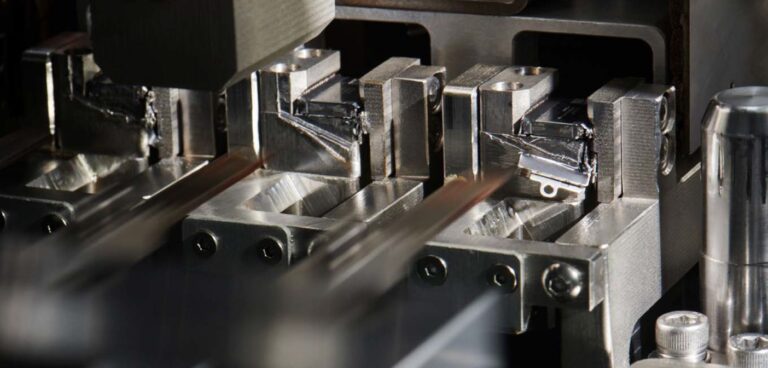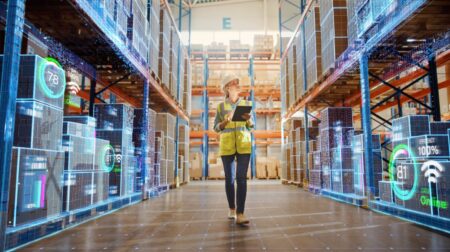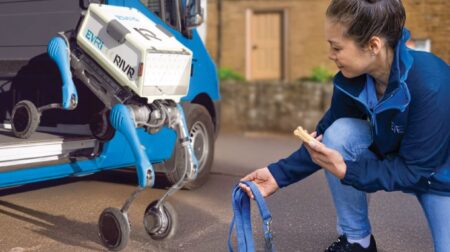Researchers at Carnegie Mellon University, Pittsburgh, U.S. are working with Apple to develop new robotics systems for the disassemble of old technology.
As Apple are working to support research initiatives that reimagine disassembly of devices and recovery of materials, the company worked with CMU’s Biorobotics Lab in the Robotics Institute.
The team are designing machine learning models that will enable robots to teach themselves how to disassemble a device they have never seen before.
Co-director of the Biorobotics Lab, Matt Travers, said: “We’re building robots, and we’re building AI so the machine can see any piece of electronics and figure out how to take it apart.”
To do this, the team developed a robot that scanned a phone with a laser to create a 3D model. The team then simulated cracks, cases or missing batteries to train the model to recognise the different conditions a device might be in when it arrives at a recycling centre.
Apple detailed the work in its latest Environmental Progress Report. The company said a model typically requires a large amount of data, such as images of a device, to recognise the object and disassemble it.
“Unfortunately, this data is not readily available,” Apple wrote in its report. “This research applies to the concept of domain randomisation, by synthetically creating the data real images would provide, to grant robots the ability to recognise a broad, varied stream of e-waste for recycling at scale.”
Apple added the newly developed software will be open-sourced and available for use in other recycling applications. The work is part of Apple’s goal to make its products and packaging using only recycled or renewable materials.
It builds on existing solutions at Apple such as recycling robots Daisy and Dave. Daisy disassembles iPhone devices so recyclers can recover more material inside. Dave, Apple’s latest recycling robot, disassembles the Taptic Engine from iPhone to enable the recovery of key materials such as rare earth magnets, tungsten and steel.








